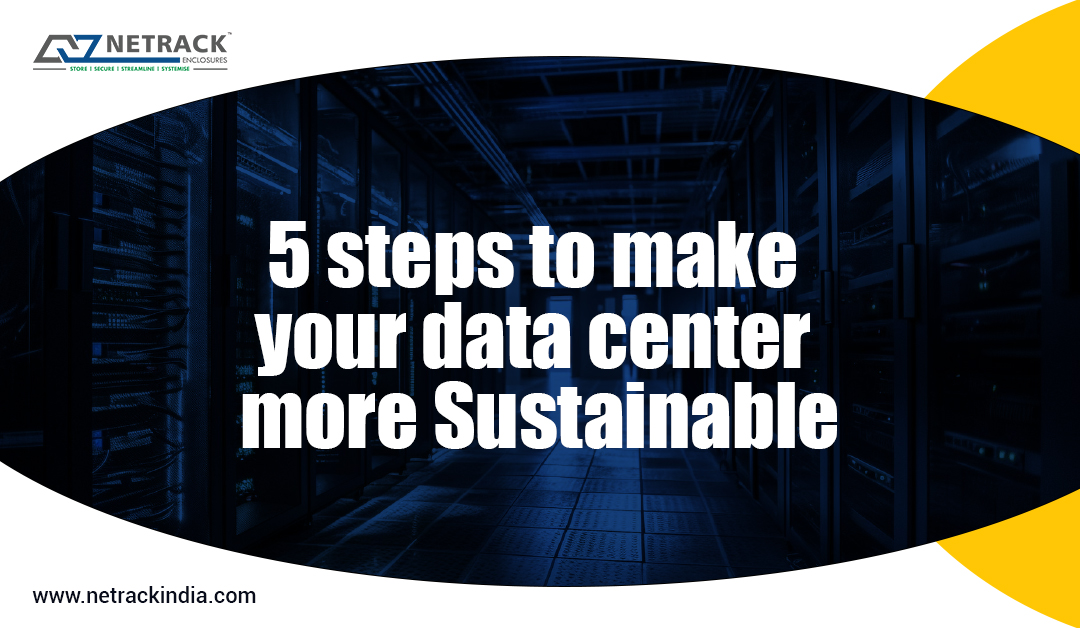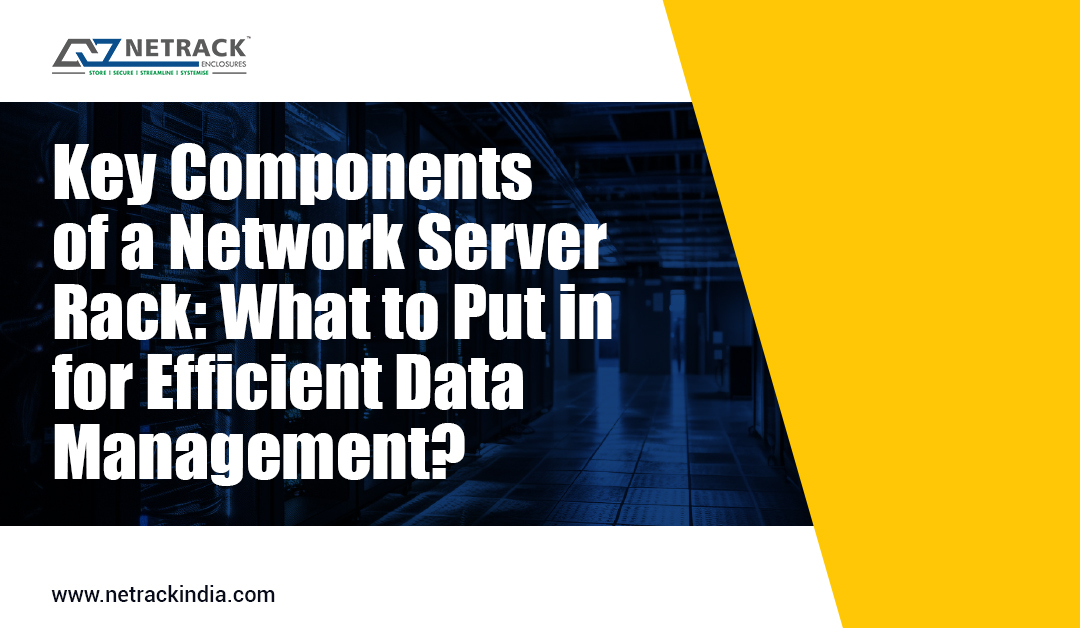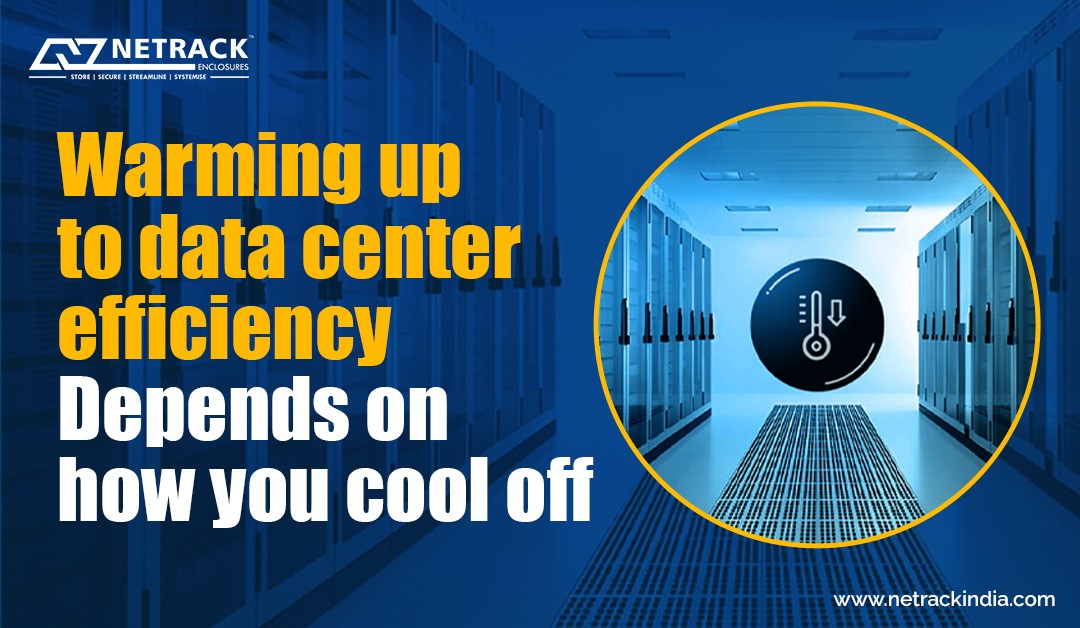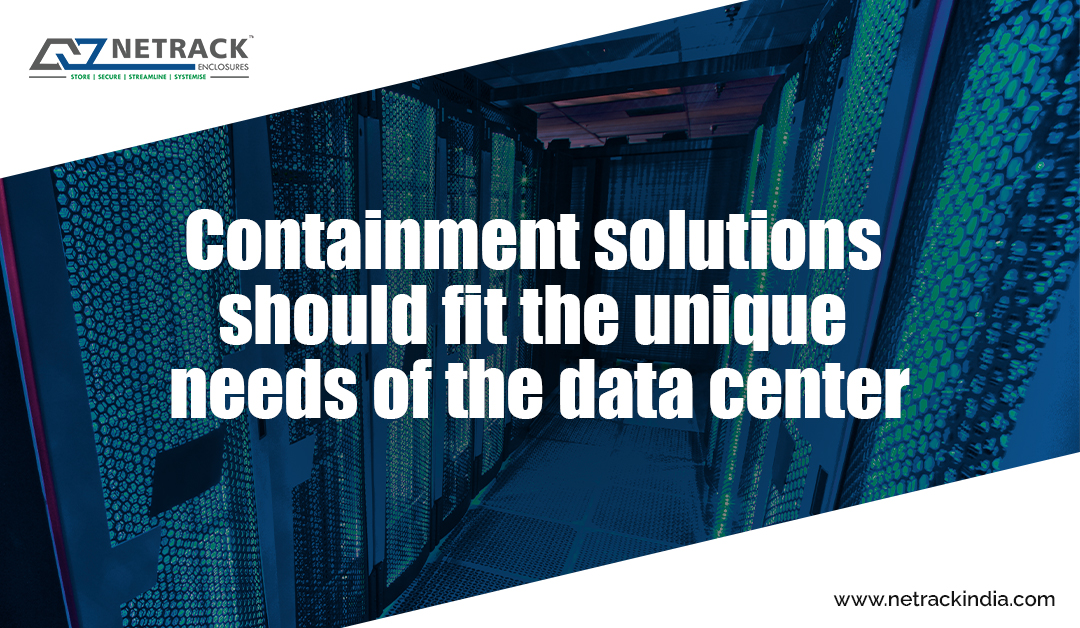5 steps to make your data center more Sustainable
Over the last few years, continuous efforts have been made to enhance the efficiency of data centers. It is no longer only an environmental responsibility to make a data center more sustainable but also to cut operational costs, comply with regulations, improve brand reputation, and ensure long-term viability in an increasingly environmentally conscious world. Now, the first step to embracing sustainability initiatives for a data center is to choose the right rack and accessories. The power of choosing the right rack Choosing the right rack and accessories is crucial for making a data center more sustainable because the layout and design of racks can significantly impact airflow within the data center. Sustainable data centers aim to reduce energy consumption. Energy-efficient racks and accessories can contribute to this goal by optimizing airflow, reducing cooling needs, and accommodating energy-efficient IT equipment. They also play a role in ensuring that power distribution and monitoring are efficient and effective. Racks
Read More



